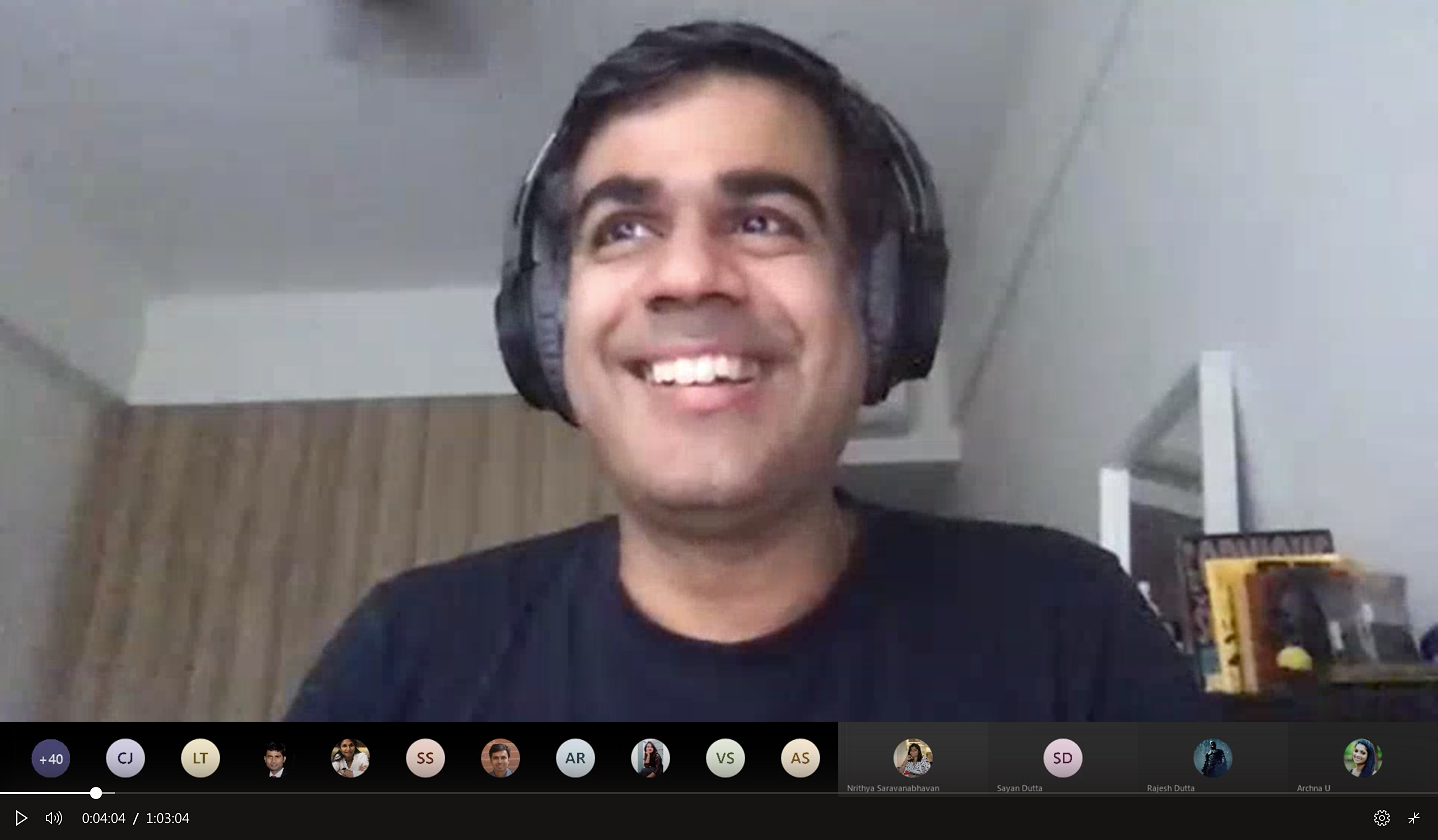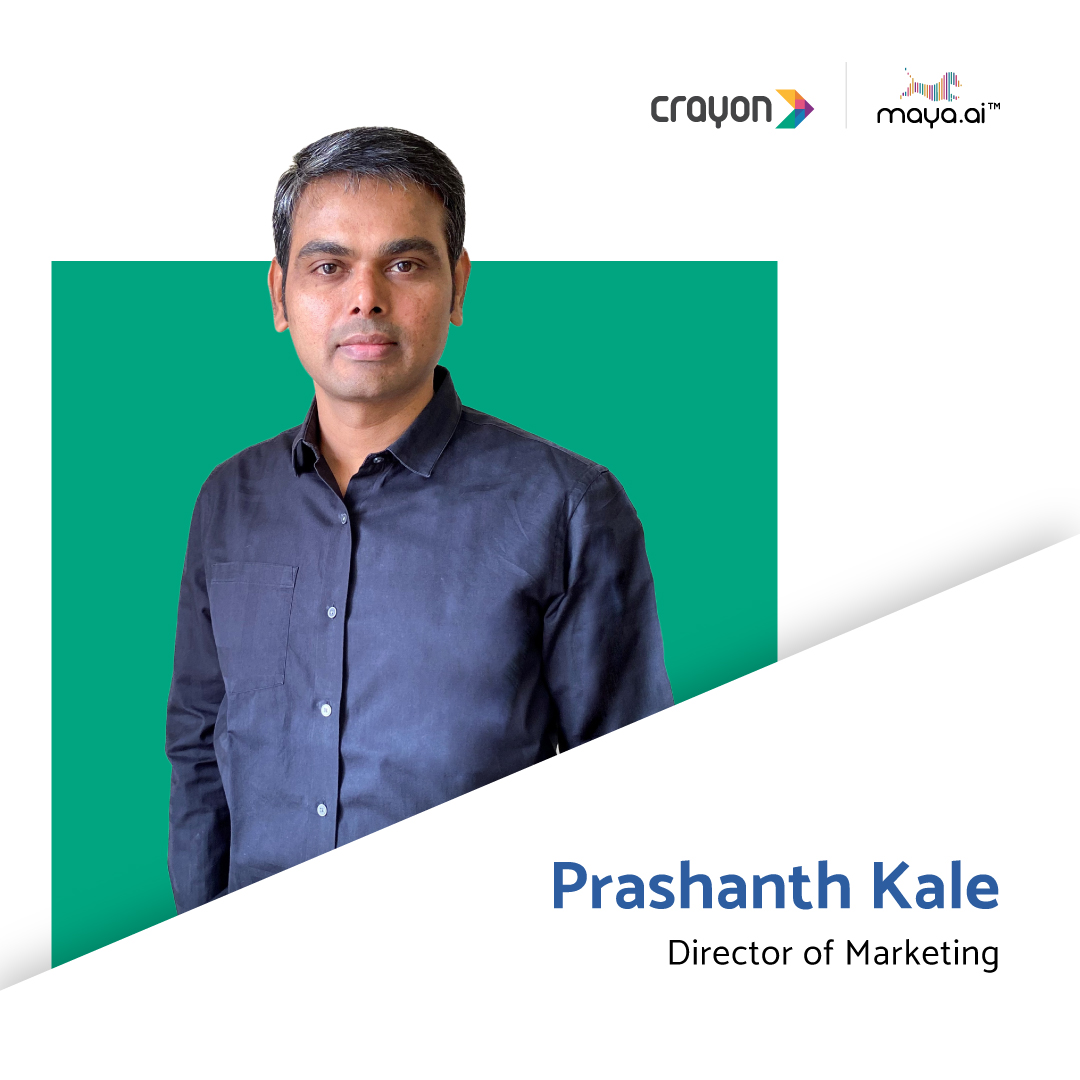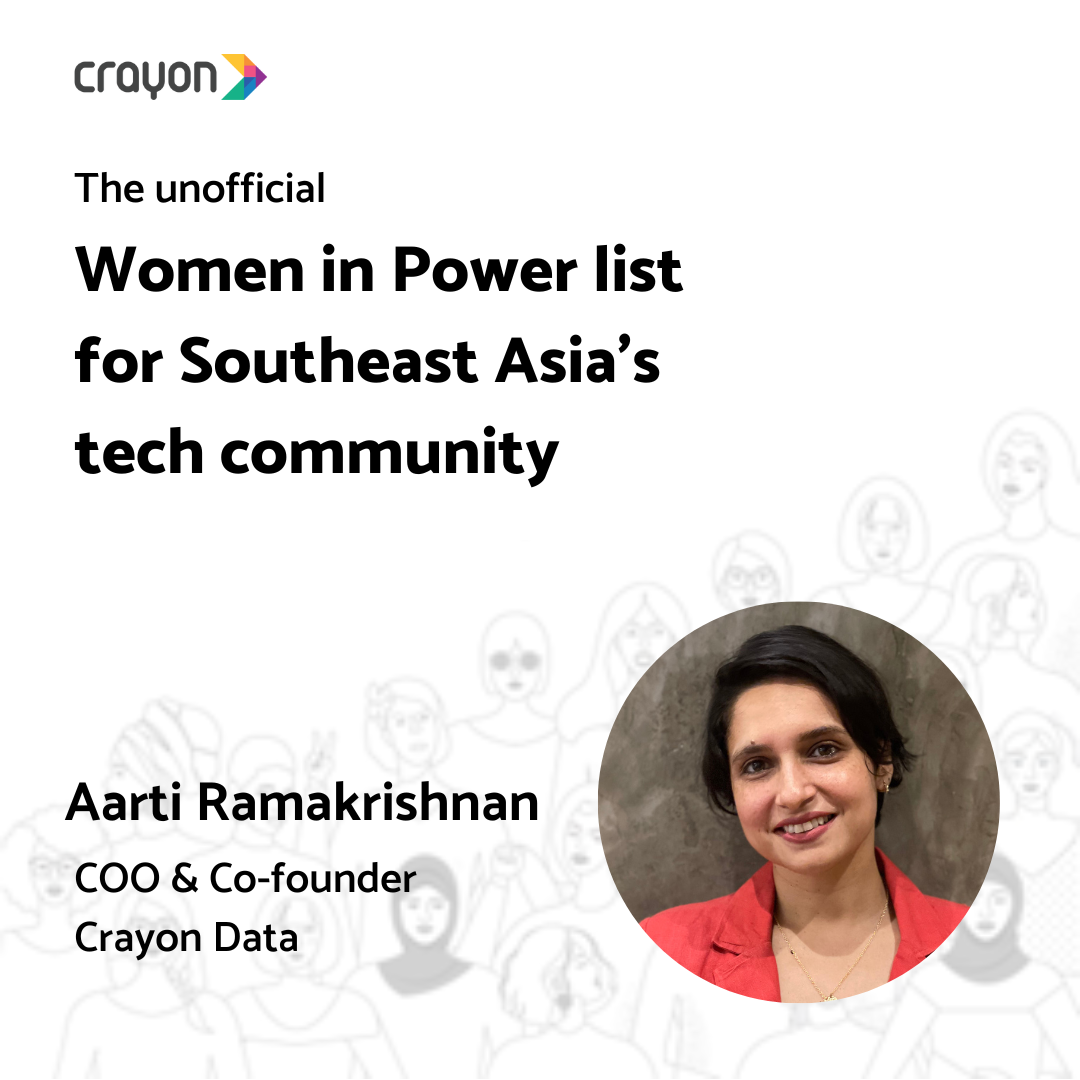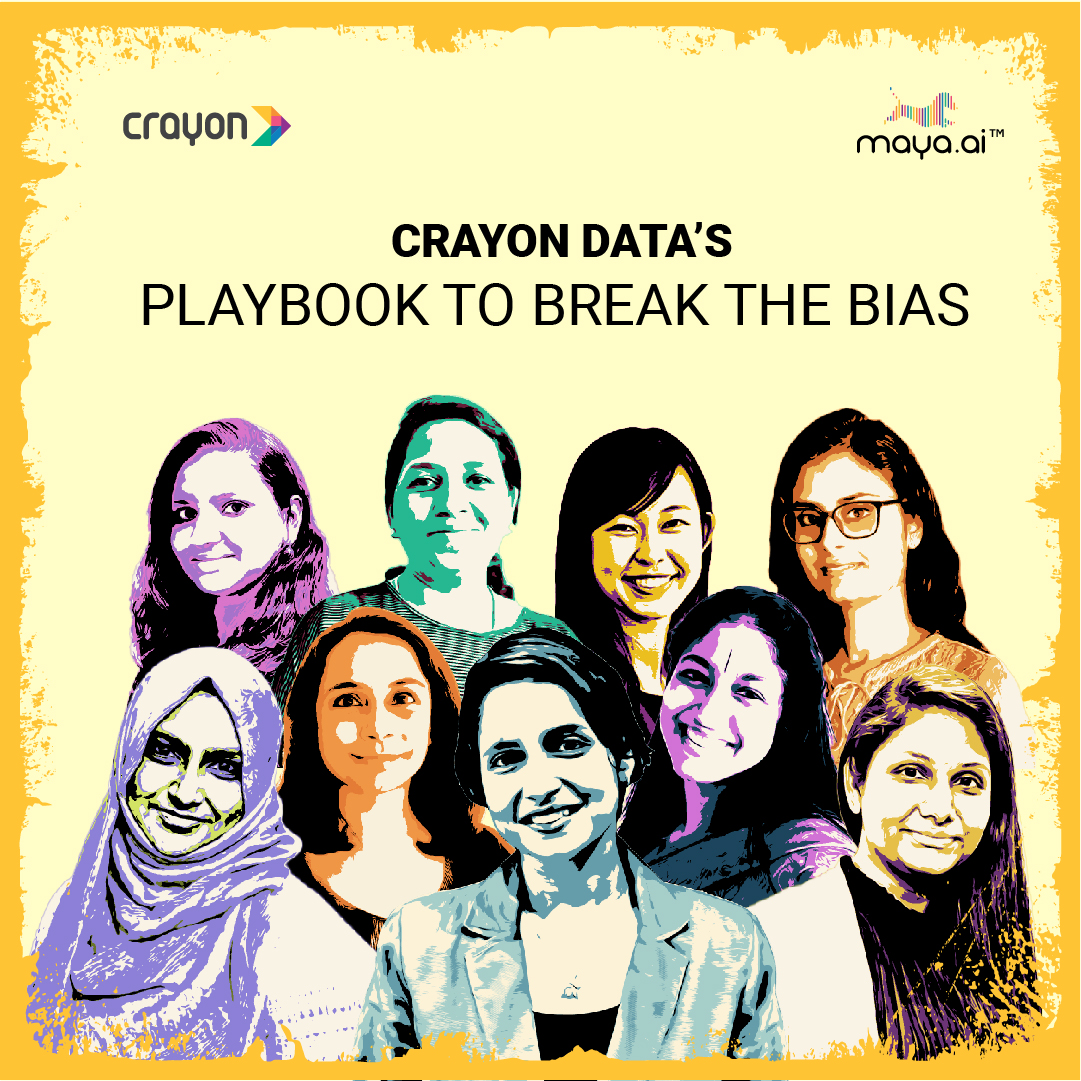In this week’s episode of the Crayon Lighthouse Fireside Chat, Krish Sridhar, founder and CEO of KNOW (getknowapp.com) talks to us about his company’s vision and how to build a great product. Krish has over ten years of experience in the corporate and consulting scene. He’s had to unlearn some of the theories he picked up in the corporate world, now that he’s leading his start-up. He shares his entrepreneurship story and biggest learnings in building a great business and product.

There are many gaps in the market, but is there a market in the gap?
Krish’s favorite sentence from his entrepreneurship professor was, there are many problems out there that are not worth solving.
Ideas are cheap. Everyone keeps a notebook with their ideas. But the chances are, the idea you have is probably already done, or there’s an excellent substitute that solves the problem.
Krish started by picking 3 to 4 ideas (with his business partners), they thought had potential. They worked in sprints to tackle each idea. In 3 months, they conducted market research, built an MVP, got market feedback, and finally decided to drop or continue with it. KNOW was born out of this process of quick iterations and market observation and testing on the ground. Here’s what he learnt.
Three key takeaways from building a business
- It is challenging to keep engagement high in B2C products. It is hard to keep consumers excited and have them return to use the product, over and over again. In one of his previous endeavours, users uninstalled the mobile app within 24 hours of downloading it. Even if you add tremendous value, unless you have the same style network lock-in effect as WhatsApp, people will leave.
- Be on the ground to figure things out first-hand. There is a universe of tools and applications that exist. But you’ve never heard of any of them, unless you’re in that space. An example is an instant, hyper-local messaging app that Krish had worked on. It happened in a university setting where nobody installed apps from the Play Store because they constantly ran out of mobile data. Instead, most students would have the application SHAREit, which allowed them to share files with others, similar to AirDrop. When Krish attended a university festival with his APK (Android application package) on SHAREit, it went viral.
- Your product must be useful to the end-user. If what you’re building is only perceived as valuable to your company’s management team, then change is unlikely to happen. Most importantly, what you’re delivering, must be useful to the end-user. In this sense, your employees hold a tremendous amount of power. If you’re deploying something, it must make their lives better.
Six practical tips for building a great product
- Done is better than perfect. A lot of people are more forgiving of bugs in the early days.
- Be amiable. The truth is, most people aren’t particularly nice to frontline workers. As long as you are helping people, they will be willing to talk to you about their problems. This is where you get the best, unfiltered user feedback.
- Don’t build products in a conference room. Get on the ground andwalk a mile in the end-users’ shoes. Something as simple as optimized notifications, cannot be built well, unless you have lived a day in the life of your product’s end-user.
- Don’t solve for scale early on. You will have to re-write your platform or product at some point. If you can’t on-board 10+ customers now, you don’t need to plan for a million users today.
- Don’t build a feature unless a customer has asked for it. It’s easy to believe you’re being productive by building a new feature you think is interesting. But if it hasn’t been validated by an end-user, consider it as not useful.
- You don’t need a 100-man team to build a great product. Take WhatsApp for example: it was acquired for $19 billion, with a 55-man team (of which, 32 were engineers).
Unlearning things to prepare yourself for the start-up environment
There are a few key things you will need to unlearn from the corporate world. Quality standards vary between corporate and start-up environments. So, you’ll need to define the new quality standards that you will build by. And solve what your clients are going to pay for. More importantly, don’t solve things before there is a real need for them to be addressed (especially when you’re tight on resources to begin with). Simply put, don’t over-engineer problems!

























